SUMMARY
This is AI generated summarization, which may have errors. For context, always refer to the full article.
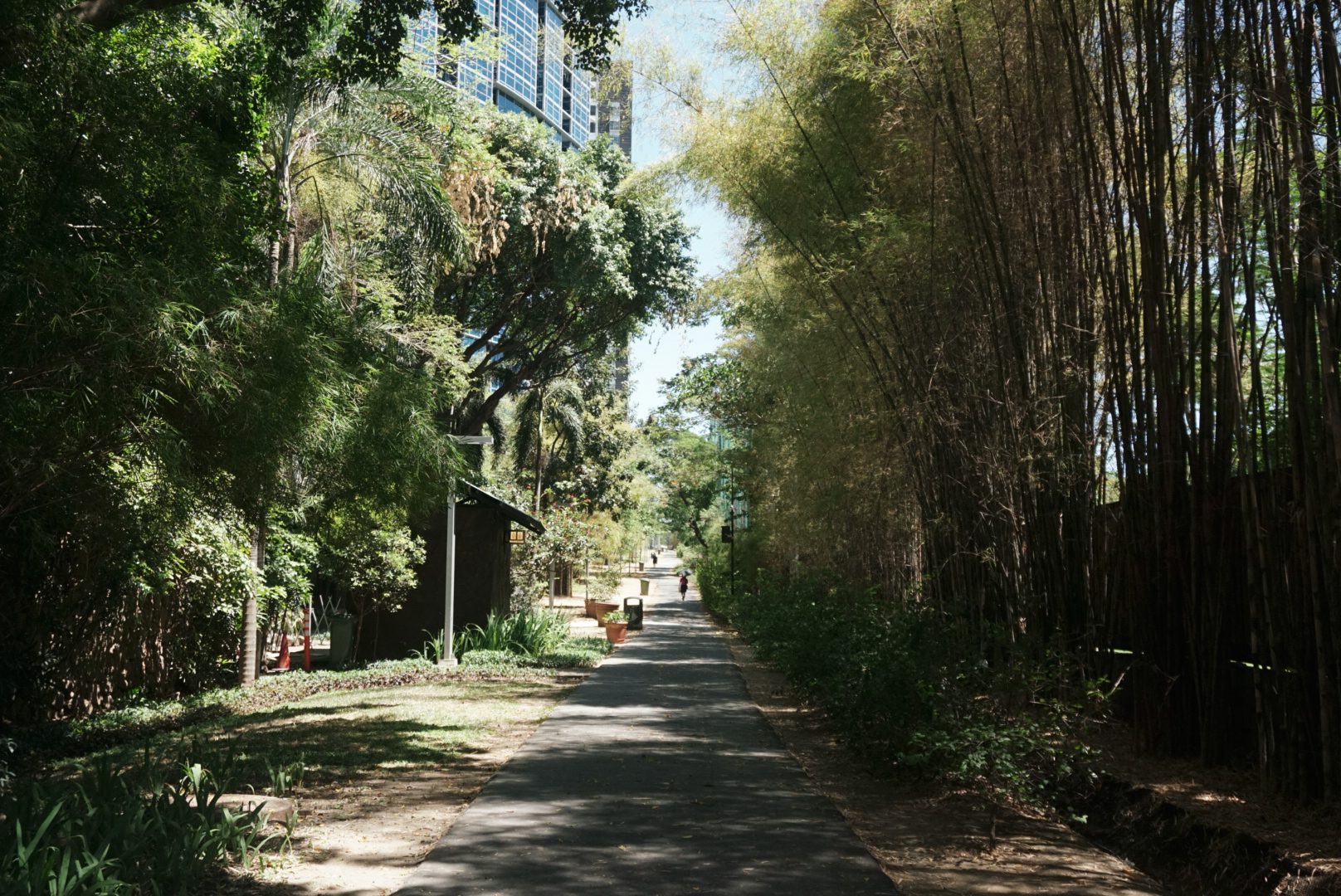
MANILA, Philippines – The dry, hot season has made glaring the lack of trees and shaded, open areas in Metro Manila.
Being able to do simple outdoor recreational activities like walking, picnicking, jogging, or biking, is an important parameter in making a community livable. Aside from a dearth in these kinds of spaces, the stifling summer heat has made it extra tiring to go outside.
So where outside can you escape in this heat? We picked out some green spaces in the metro you can visit after work hours or during the weekends to unwind.
Places to go
Academic Oval, University of the Philippines Diliman
Up on the list is the state university’s famous 2.2-kilometer Academic Oval (or acad oval), lined with huge acacia trees.
The acad oval is open to the public and caters to many activities such as jogging, biking, and picnicking. In case you get hungry while ambling or after your workout, there are several stalls and push carts around the oval that sell pancit canton, fishballs, ice cream, and sweet corn with cheese.

Arroceros Forest Park
The so-called last lungs of Manila is home to thousands of trees, ornamental plants, and to a diverse set of bird species.
The 2.71-hectare park is open daily from 8 am to 5 pm, has pathways and an exhibit area inside, and an esplanade along the Pasig River. (READ: The protectors of Manila’s last lung)
ASEAN Garden
Tucked inside the Walled City in Manila is a small garden park. It features busts of leaders and flags from Southeast Asian nations, cobblestone walkways, and stone steps covered with moss.
Its proximity to the campuses inside Intramuros makes it a prime spot for students who need to rehearse skits or practice dance numbers.
Marikina River Park
On the banks of Marikina River, people can walk, jog, bike, and eat. Food establishments have popped up around the area where visitors can eat after their leisure activities.
There are bike racks in certain areas where you can park your bike while checking out food stalls, bazaars, or whatever event is taking place at the time of your visit.
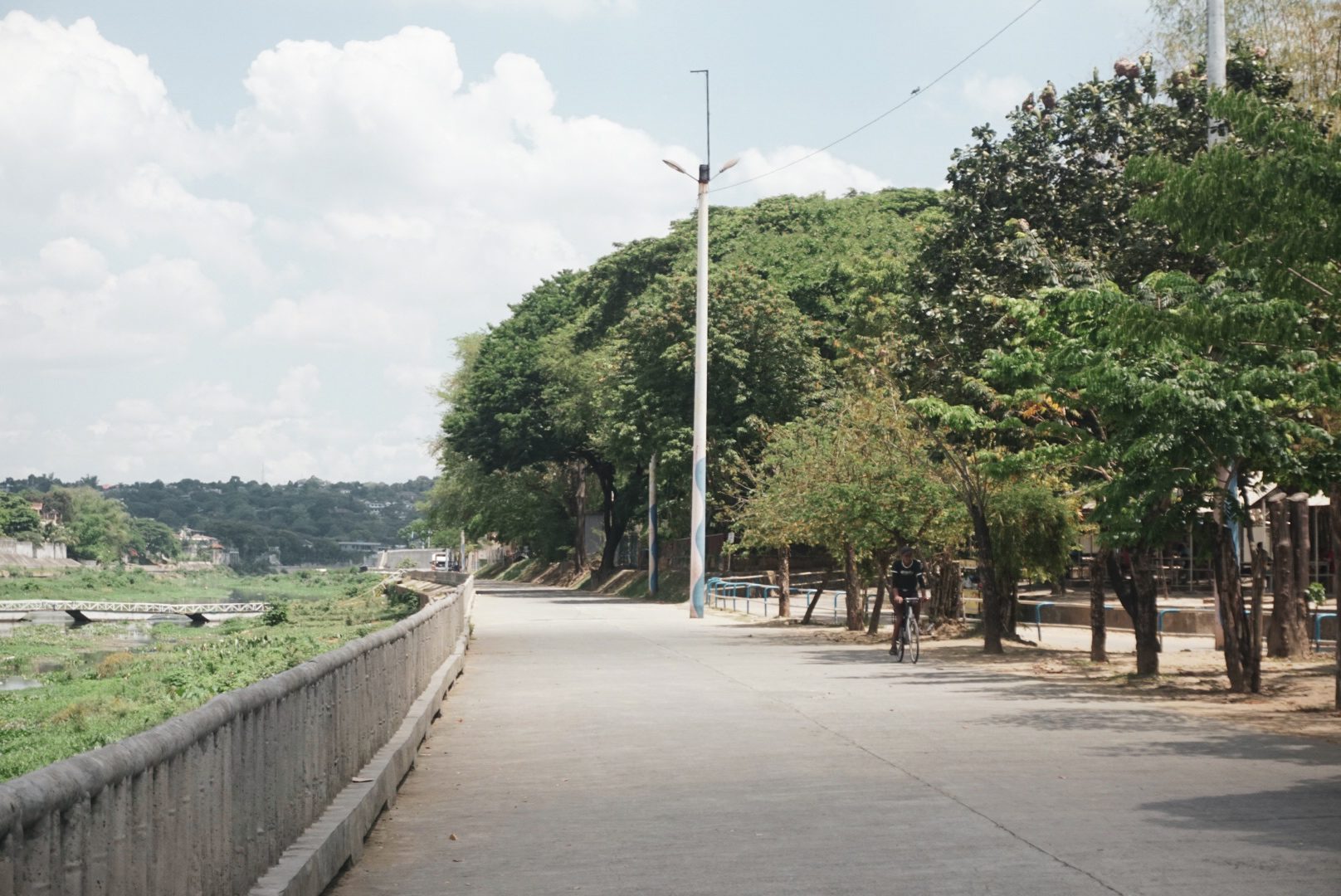
BGC Greenway Park
At the end of 26 Avenue in Bonifacio Global City, Taguig, is the Greenway Park where one can walk, jog, or sit down on one of the huge rocks surrounded by trees. It features a strip of pavement surrounded by greenery. Bikes, skateboards are not allowed inside.
Burgos Circle
A stone’s throw away from Greenway Park is the Burgos Circle, the island in the middle of a roundabout of the Forbes Town Center. Benches neatly line the pavements.
It features a sculpture of three trees forming a dome – the work of sculptor Reynato Paz Contreras – completed and unveiled in November 1997. E-scooter and e-bikes are available for rent on the side of the park.
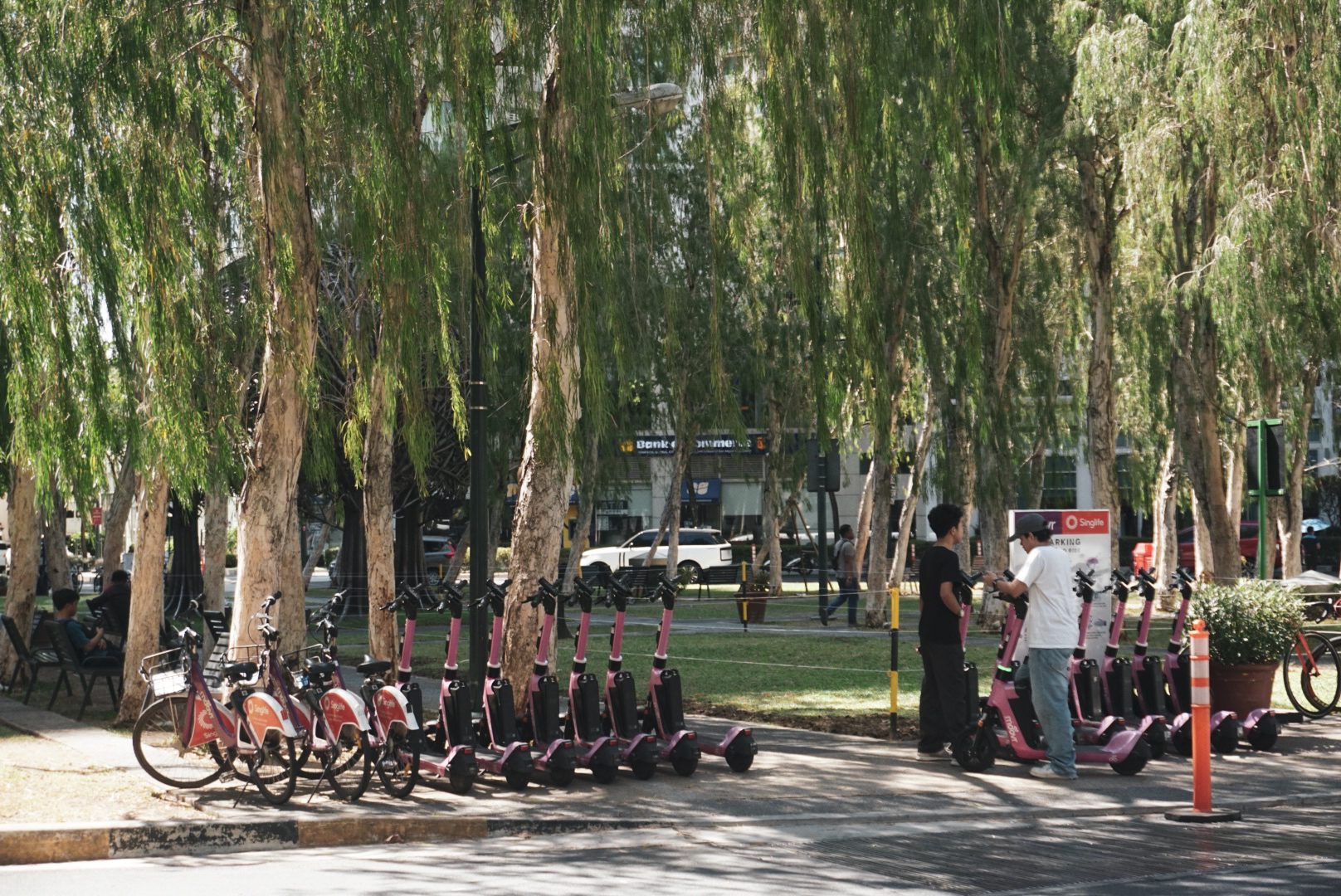
Urban trees, green spaces make better cities
While there are a few go-to spots for a breather in the city, there’s still a need to have more open spaces especially as the public continues to feel the heat exacerbated by climate change.
“We need to have more natural, cooling spaces: our parks, streets lined up with trees. For one it’s more environmentally friendly, compared to the malls that we have,” said urban Elijah Go Tian of the Resilient Cities Network.
“Especially malls with their huge [air-conditioning] and the huge amount of space they take up, [they increase] the heat in the area and the non-permeable spaces that we have,” Tian added.
Tian said parks signal a thriving community because they are free, accessible, and conducive to fostering relationships.

“One main thing why parks are the better option, especially public parks, is because it’s free,” said Tian. “I don’t need to go to a mall and buy something to make me stay there.”
According to a 2021 paper published in the International Journal of Urban Sustainable Development, green spaces in the Metro Manila may be dwindling but what remains still serve the purpose they’re made for: places with a sense of local community, and spaces where people socialize, exercise, and work on self-improvement.
“Living in an overcrowded city, many of them welcome the opportunity to enjoy the spaciousness of the parks and to see mature trees,” the study said.
More than providing contrast to the concrete jungle, trees provide benefits to people and wildlife, said Anthony Arbias of the Philippine Native Plant Conservation Society Inc. (PNPCSI).
“By having more trees, we can have better air quality, better shade, absorb flood, and give support for urban biodiversity as it provides food, shelter and opportunities for wildlife to thrive even in an inhospitable environment,” Arbias told Rappler.
“Second is the ethno-botanical function it gives like beautification, source of food, source of leisure activity and so much more,” he added.
Since 2007, Arbias said the PNPCSI has been advocating the responsible use of native trees in urban spaces. Although the default is to “go native,” he said “careful planning, mix matching, maintenance duties and being considerate to other land owners should always be taken into account” in new township projects.
Staying safe and cool outside
Now that you have a few ideas on where to go, how do you keep cool outside? Here are some tips.
Hydrate properly. Don’t forget to bring a bottle of water when going outside. Drink water before, during, and after exercise. Keeping yourself hydrated can help prevent muscle cramping, too.
Wear lightweight clothes. Wear light clothes to let your body breathe. Sportswear and outdoor clothing use fabrics that are moisture-wicking, which can help you keep dry and cool than the usual cotton shirt.
Go out early or at night. Make the most of the cooler periods of the day by exercising/going out in the morning before work. If you’re not an early bird, after work hours would be fine, too. Running clubs and other recreational groups often hold their sessions in open spaces at night.
Wear sunscreen. Protect your skin from harmful UV rays by wearing sunscreen. Experts recommend a minimum SPF of 30. Apply sunscreen 30 minutes before going out. Make it a point to reapply every two hours.
Don’t overexert. It’s easier to get tired in the heat, so take breaks when you need to. Listen to your body and be wary of symptoms of heat exhaustion such as dizziness, weak pulse, nausea, muscle cramps, fainting, and clammy skin. – Rappler.com
Improving active transportation facilities and policies is part of the call of various groups to #MakeManilaLiveable. On Rappler, we have created a dedicated space for stories and reports about liveability in Philippine cities. Learn more about the movement here.
Add a comment
How does this make you feel?
![[OPINION] Cities and public spaces should be for people first](https://www.rappler.com/tachyon/2024/04/imho-people-first-city-04132024.jpg?resize=257%2C257&crop_strategy=attention)
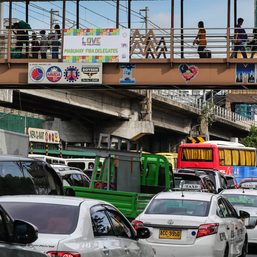
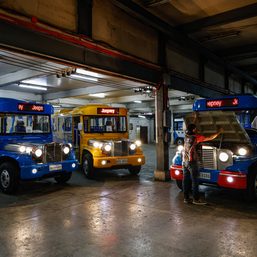
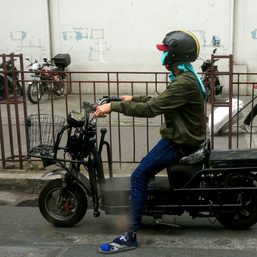
There are no comments yet. Add your comment to start the conversation.